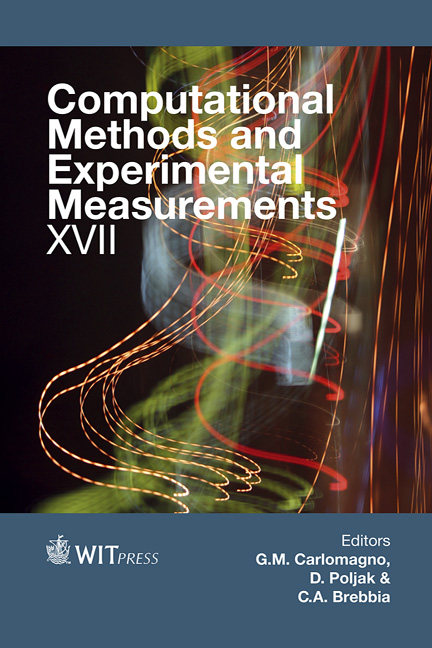Scaling Resistance Of Special High Performance Composites With Burnt Clay Additive
Price
Free (open access)
Transaction
Volume
59
Pages
8
Page Range
325 - 332
Published
2015
Size
413 kb
Paper DOI
10.2495/CMEM150291
Copyright
WIT Press
Author(s)
P. Reiterman, M. Jogl, P. Konvalinka
Abstract
This paper deals with the experimental study of the composition of special high-performance Portland cement based composites and their resistance to de-icing salt scaling. The aim of this was to evaluate the impact of pozzolanic additive – burnt clay, the application of which is documented by several research works. Studied composites are formulated as fine-grain high performance concrete with high dose of Portland cement and silica fume and very low rate of water–cement ratio to ensure reduced permeability. Burnt clay was applied as cementitious supplementary material to reduce the environmental impact of concrete mixtures and to obtain suitable microstructure. Portland cement replacement by the above mentioned additive was gradually elevated just up to the rate of 60% of Portland cement weight. Investigation of scaling resistance was complemented by measuring surface water absorption and determination of flexural and compressive strength which exceeded the level of 100 MPa for studied mixtures. Mechanical properties were not extensively affected by burnt clay additive, but the essential impact of studied pozzolanic material was noticeable in the case of scaling and absorption tests, which means processes regulated by permeability. In this point of view, optimum rate of replacement by burnt clay seems to be about 30% of Portland cement weight. A mixture with optimal composition exhibited increased durability by more than 50% to reference mixture. Application of burnt clay contributed to good potential for practical use for all tested properties with significant production energy savings.
Keywords
burnt clay additive, scaling resistance, freeze–thaw cycling, sorption





